On the same day, JAPC issued its response. Considering the examination meetings and on-site investigations conducted up to now, it said that it would “endeavor to secure additional investigations and enhance the available data,” making clear its intention to continue its efforts to restart the reactor.
The first NRA examination meeting involving the Tsuruga-2 took place back in 2015. A total of 27 meetings were held in all, discussing the plant as well as geological features. Examination-related activities were suspended for a time due to doubts about data from JAPC’s geological investigations, but an amended application in response to an NRA guidance document was submitted, after which those activities were resumed in September 2023.
The point of contention was the evaluation of a fault known as the K Fault, situated near a fault zone of crushed rock known as D-1, located within the premises of the Tsuruga Nuclear Power Plants (NPPs) and possibly extending to the K Fault.
Based on a series of Q&A exchanges with JAPC, the NRA examination team, at a meeting on May 31 of this year, stated, “It is hard to deny the activity of the K Fault.” On-site investigations were then conducted a week later, on June 6 and 7.
After that, at a meeting on July 26, JAPC presented its results of analyses of the K Fault based on boring and other investigations. As it had explained, no continuity with the D-1 fault zone was recognized. However, the NRA examination team, saying that JAPC’s explanations lacked a scientific basis, determined that the continuity between the K Fault and the D-1 fault zone of crushed rock could “not be denied.”
At the previous meeting (June 28), the NRA team had indicated its intention to conclude discussions on the amended documents for the Tsuruga-2 at meetings to be held one month later (i.e., in July). JAPC then declared its intention to make additional examinations of the activity and continuation of the K Fault, including conducting necessary re-investigations.
Believing it necessary to consider more than simply the contents of the latest amended documents (including the logical structure of arguments and changes to evaluation standards), JAPC is now considering the timing of another amendment.
ISHIWATARI Akira, the person responsible for NRA’s examinations regarding earthquakes and tsunamis, indicated his intention to get the examinations on the current amended document finalized and reported on at the NRA’s regular meeting on July 31. On that day, representatives of JAPC were expected to explain the company’s intentions on a future re-amendment.
Prior to issuance of the new regulatory standards in 2013, the NRA and its predecessor organization, the Nuclear & Industrial Safety Agency (NISA), had experts conduct evaluations on the fault zones of crushed rock at six NPPs, including the Tsuruga NPPs.
Based on on-site investigations and peer reviews, it concluded in May 2013 that “the D-1 fault is an active fault that must be taken into consideration from a seismic design viewpoint.”
In response to that, JAPC had evaluations conducted by two international review teams, and released a contrary view in August 2013. Also, Advancing Earth and Space Science (AGU) of the United States, an authority in the geophysics field, looked at the issue and contributed a paper, published in an academic society bulletin in February 2014, supporting JAPC’s assertion.
Based on that international evaluation, JAPC, applied to the NRA in November 2015 for an examination of Tsuruga-2 for its compatibility with the new regulatory standards, saying, “It has been confirmed that the fault zone of crushed rock within the premises of Tsuruga-2 is not a ‘fault that is likely be active in the future.’”
Operation of the Tsuruga-2, which started in February 1987, has been suspended since it entered a periodic inspection in May 2011.


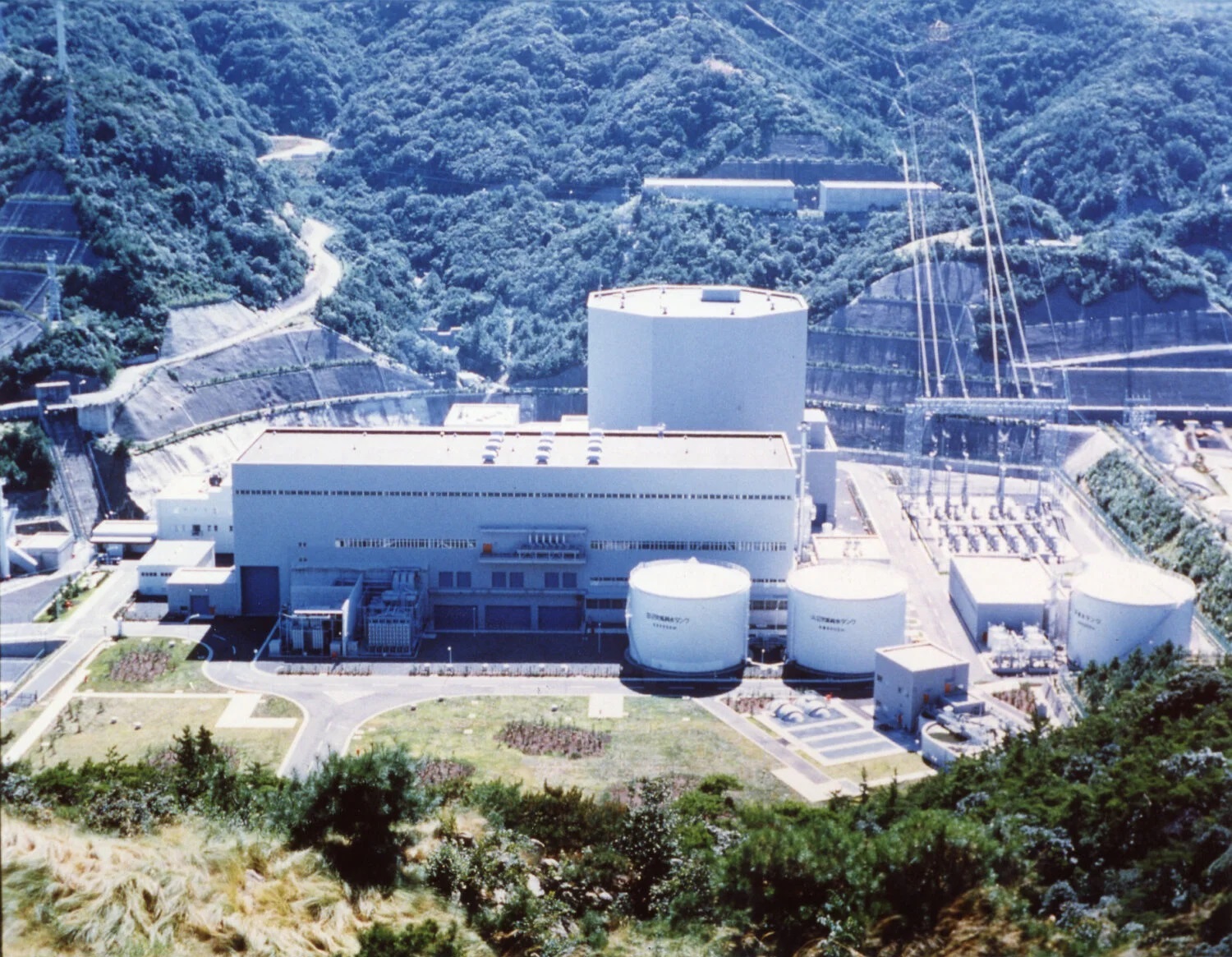


-1.png)






.jpg)


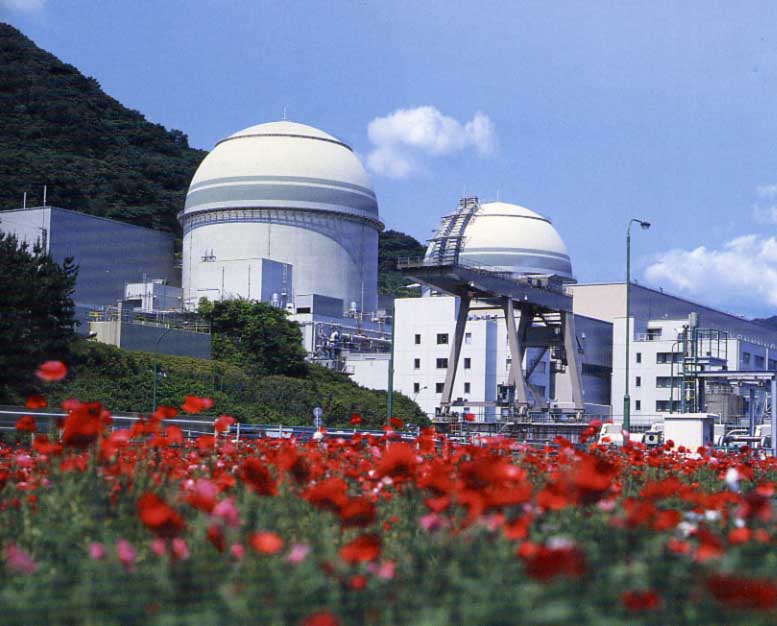
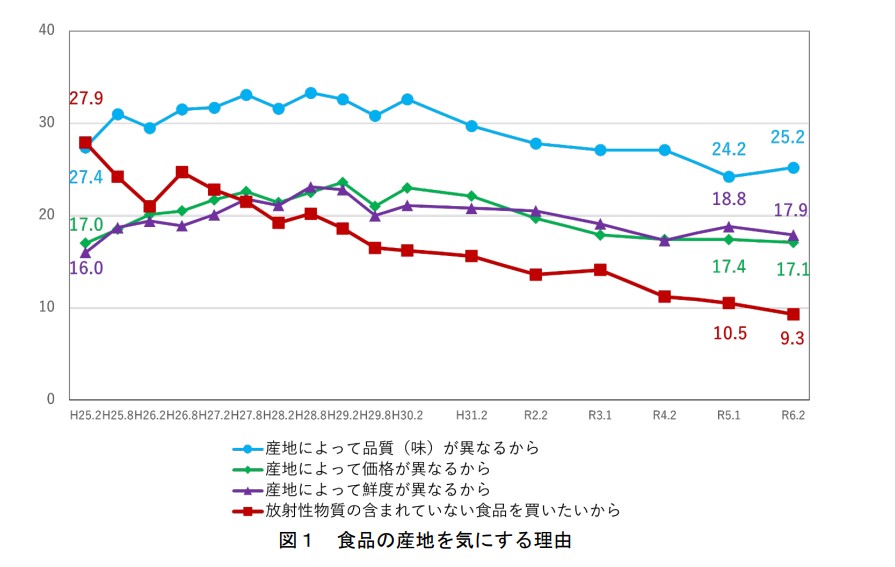
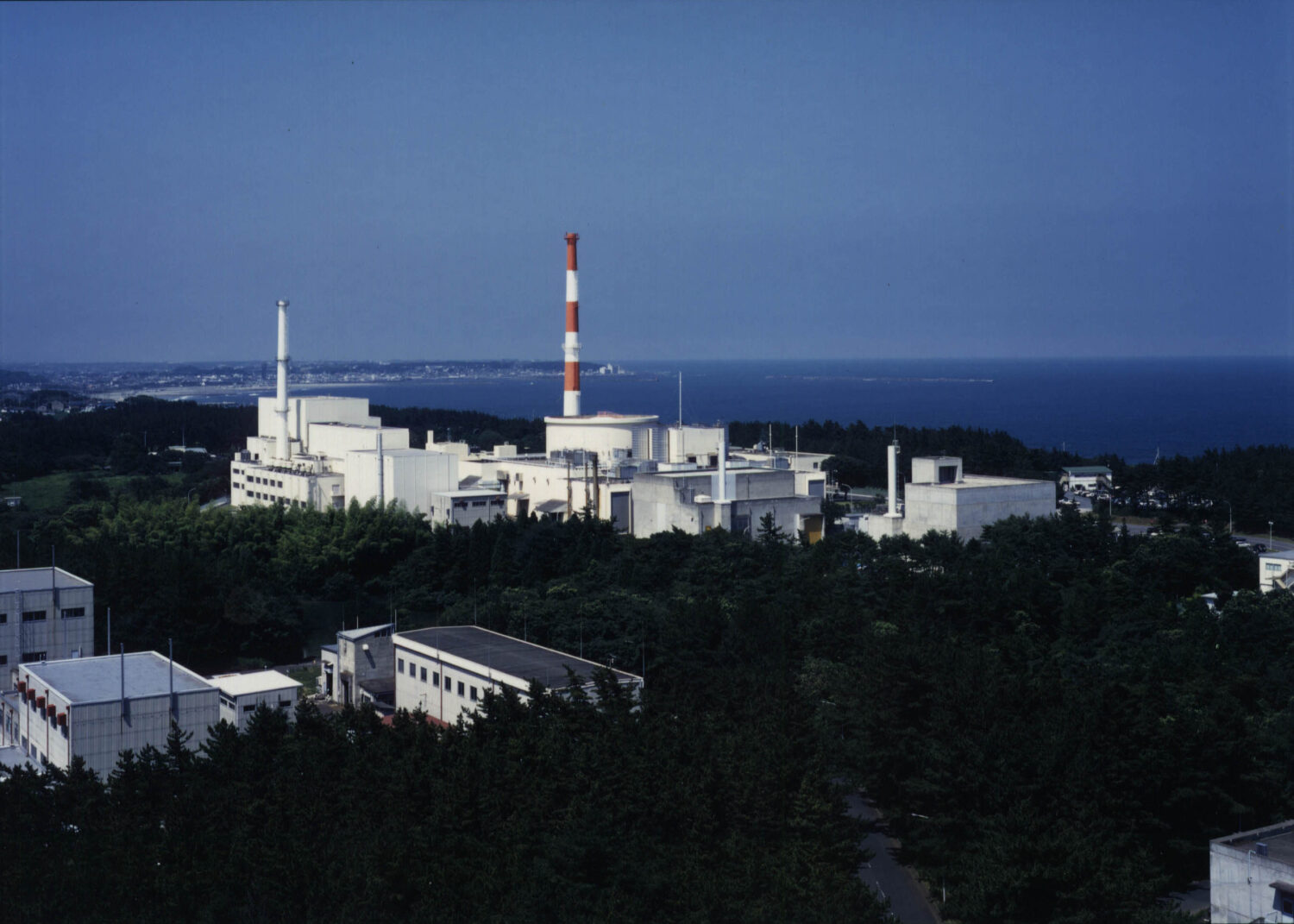
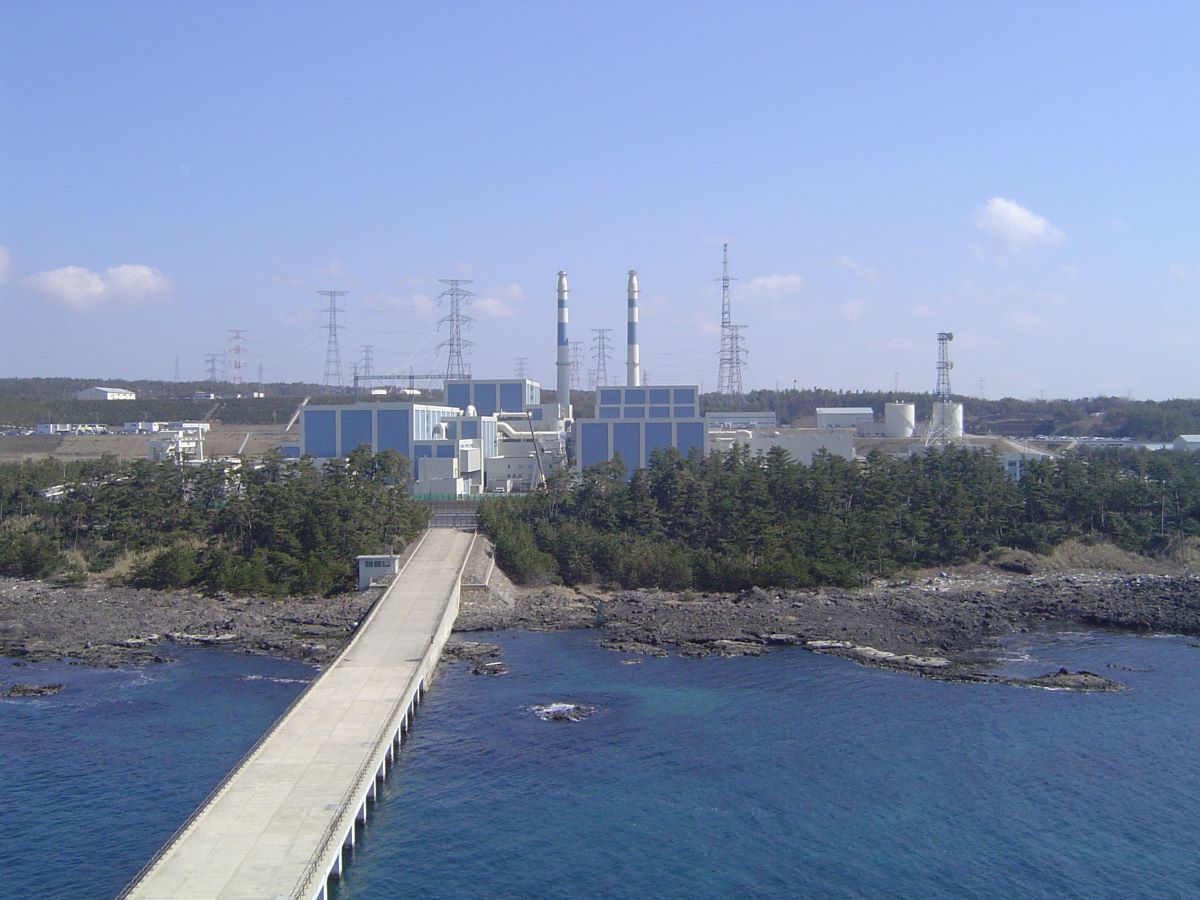
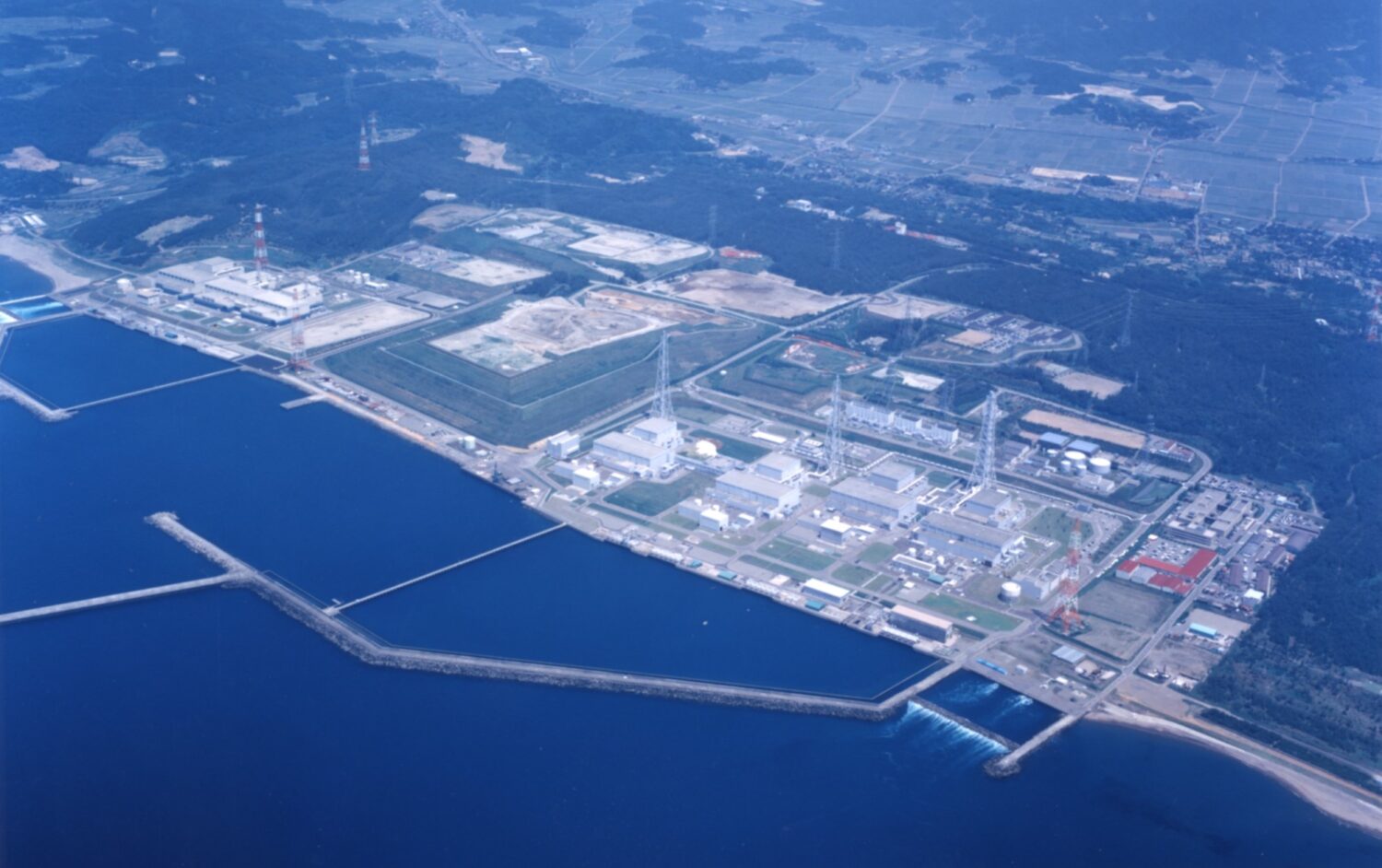
.jpg)
